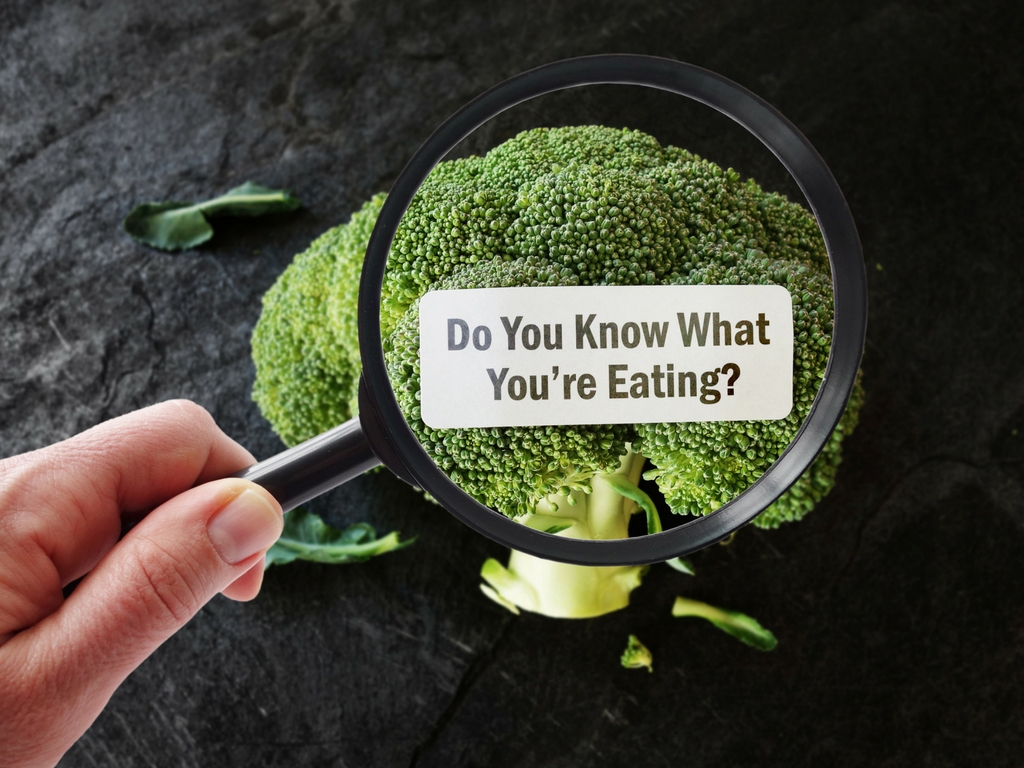Confused about Food Labels?
With all the labels out there, Non GMO, Organic, Grass-fed, Fresh, Premium Organic, Natural Food, Farm Fresh, Whole Food, Plant Based, Vegan….what is one to do! I hope to shed some light on making it a bit easier to spot quality organic food easily. Knowing which foods are the ones to choose makes it easy to be aware of the foods you might want to avoid.
Many people are amazed at the ingredients that are contained in their favorite processed foods, and more often than not this realization is a big motivator to changing their lifestyle.
You will want to get use to reading labels. While there can be many factors in reading labels, below are some quick tips when trying to determine if something can be considered a whole food.
Grass-fed cows are raised exclusively on grass. This meat has less saturated fats and more nutrients including the important omega-3 fats.
Organic labeled meat must be raised on certified organic pasture and be fed certified organic feed.
Pastured usually refers to poultry which has been primarily raised outdoors where they can peck at insects, grass and seeds. They are not given grains, and that is a good thing.
Natural food products are defined by the USDA as those that are minimally processed and contain no artificial ingredients. This does not mean that the product is necessary organic or free of GMOs. I look for Organic produce that is also GMO free.
Free range eggs are available in supermarkets, but all it means is that the chickens have been allowed access to the outdoors. There are no requirements for the amount of time they are spent outside, so they are not the same as pastured eggs.
Always Consider Nutritional Density
Plants are picked early, before they are completely ripe. They burn up their antioxidants very quickly and may have lost most of them within a couple of days of harvesting.
Produce with high nutritional density include artichokes, asparagus, arugula, spinach, garlic, onions, tomatoes, cauliflower and beets.
While you can buy many of these things locally, you also have the option of growing many things yourself. This will not only allow you to have more control over the way that your food is handled, but it will also allow you to have many of your favorite foods at your fingertips. If you can’t grow your own produce, it is best to find a local farmer’s market and buy your produce there. Then buy extra and freeze it for winter use.
What’s the Truth About Healthy Fats?
Many of us grew up with the mindset that a low fat diet was best for optimal overall health. But over the past few years this thinking has been written off as bad science. Many whole food followers choose to cook with coconut oil which is considered a healthy saturated fat since it is not animal fat. Extra Virgin Olive Oil (EVOO) is also a preferred oil because it is the first pressing that is cold pressed making it healthier.
It is important to note that those following a Whole Food ‘VEGAN’ lifestyle typically choose not to use oil. They will typically use a ‘water sauté’ method when cooking. You can visit the Forks over Knives (FOK) website for more information on this. The FOK Whole Food lifestyle is VEGAN meaning they do not use animal products. Where on a general Whole Foods diet animal products in limited amounts are allowed. I cross between vegan and dairy free gluten free Whole Foods meaning I use some animal products ( NO DAIRY or GLUTEN PRODUCTS) in recipes and other recipes I have are totally vegan ( no animal or honey – considered animal product) whole foods recipes on this blog. Those recipes that contain NO animal products are listed as VEGAN.
You can choose the type of Whole Food clean eating you will practice. You can eat animal products and get them as clean as possible which improves your health or go completely plant based with no animal products. I haven’t been able to give up eggs or our local wild alaskan fish.
Another important thing you should know is the difference between healthy and unhealthy fats. Vegetable oils like corn oil, canola and safflower oil are linoleic acid, which is an Omega-6 fatty acid and not as healthy. Fats from Omega 3 sources are much preferred. You’ll want to look for fats from Omega 3 sources, which includes foods such wild caught fish, walnuts and flaxseed seed, flax powder or flax oil.
Clear as mud? If you have questions please feel free to leave them in the comments and I will reply ASAP.

Such great info!! Labels can really be so confusing and I think they do that on purpose so you don’t entirely know what you are getting!!
Today’s labels confuse me a lot especially when I am shopping for my father who has celiac disease. Thank you for sharing, this was very helpful.
This is very informative and good info to know
I need to start looking for non-GMO labels. Thanks for posting!
Great information. I find it incredibly annoying how each term can mean many things. For instance the “free range” really does not mean what you would expect. I think the industry tries to confuse the public, so we just throw up our arms and give up. I appreciate that you are working to inform us.
Thanks Kelly! It “should” be very easy but I agree with you! The companies make it hard on purpose so they don’t have to be held responsible for really have the right ingredients!!